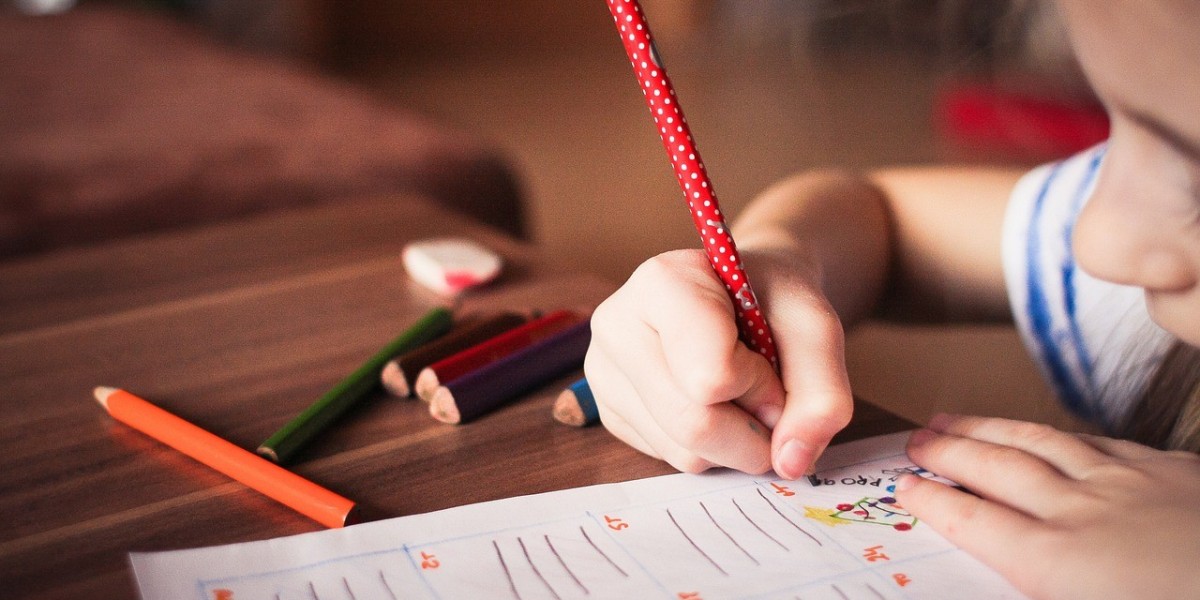Introducing children to the wonders of our planet can spark their curiosity and inspire a lifelong love of learning. With hands-on activities, "Earth Science for Kids" becomes a fun, engaging, and educational experience that fosters a deeper understanding of how the Earth works. From understanding the water cycle to creating homemade volcanoes, these activities bring Earth science to life in a way that is both enjoyable and easy for kids to grasp. Here are some fun and easy Earth science activities to try with your children to explore the fascinating world around them.
1. The Water Cycle in a Bag
The water cycle is one of the most fundamental concepts in Earth science, teaching kids about evaporation, condensation, and precipitation. With this simple activity, children can see the water cycle in action using basic household materials.
Materials Needed:
- A plastic zip-lock bag
- Water
- Blue food coloring (optional)
- A permanent marker
- Tape
Instructions:
- Begin by drawing the water cycle on the outside of the plastic bag. You can label the sun, clouds, and rain on the bag using a permanent marker.
- Fill the bag with about ¼ cup of water and add a few drops of blue food coloring for effect.
- Seal the bag tightly and tape it to a sunny window.
- Over the next few days, observe how the water inside the bag evaporates, forms droplets (condensation), and "rains" back down inside the bag.
This simple experiment visually demonstrates the water cycle, making the concept easy for children to understand.
2. Create a Homemade Volcano
Nothing captivates kids' attention quite like a homemade volcano eruption! This classic experiment shows how volcanic activity works and is a perfect introduction to plate tectonics and geology.
Materials Needed:
- Baking soda
- Vinegar
- Dish soap
- Red food coloring
- An empty plastic bottle
- Modeling clay or dirt to shape the volcano
Instructions:
- Place the plastic bottle in the center of a tray or outdoor surface and build a volcano shape around it using modeling clay or dirt.
- Fill the bottle about ⅓ full with baking soda.
- Add a squirt of dish soap and a few drops of red food coloring.
- Pour vinegar into the bottle and watch the "lava" erupt from the volcano!
As the vinegar reacts with the baking soda, it creates a bubbly, foamy "lava" that simulates a volcanic eruption. Kids can learn about how real volcanoes work and how they shape the Earth's surface through this thrilling activity.
3. DIY Rock Collection and Classification
Rocks are all around us, and each one tells a unique story about Earth's history. Teaching kids how to collect and classify rocks helps them understand geology and the Earth's structure.
Materials Needed:
- A small box or tray
- Various rocks from your backyard or a local park
- A magnifying glass (optional)
- A rock identification guide (you can print one from the internet)
Instructions:
- Head outdoors to collect different types of rocks. Encourage kids to choose rocks that look interesting or unique.
- Bring the rocks home and examine them with a magnifying glass.
- Use a rock identification guide to classify each rock as igneous, sedimentary, or metamorphic. Discuss how these rocks are formed and the conditions under which they change.
Through this activity, kids will learn about the rock cycle and how different forces within the Earth shape the rocks we see every day.
4. Make a Cloud in a Jar
Clouds are an essential part of weather and the water cycle, but how do they form? This activity teaches kids how clouds develop through condensation in a way that they can see up close.
Materials Needed:
- A glass jar
- Hot water
- Ice
- Hairspray
Instructions:
- Fill the jar with a few inches of hot water.
- Spray a small amount of hairspray into the jar to provide condensation particles.
- Place a bowl of ice on top of the jar to cool the air inside.
- After a few seconds, a cloud will form inside the jar as the hot water evaporates and condenses on the hairspray particles, just like clouds form in the sky.
This activity is a fun way to demonstrate how clouds form through evaporation and condensation, giving kids a better understanding of weather patterns and atmospheric science.
5. Earthquake Simulation with Graham Crackers
Earthquakes are the result of shifting tectonic plates beneath the Earth's surface. Kids can simulate this movement with a simple and tasty activity using graham crackers!
Materials Needed:
- Graham crackers
- Frosting or peanut butter (to act as "magma")
- A paper plate
Instructions:
- Spread a layer of frosting or peanut butter on a paper plate to represent the Earth's molten layer.
- Place two graham crackers on top, touching each other. These represent the tectonic plates.
- Have your child gently push the graham crackers together, then move them in opposite directions to simulate an earthquake.
- Watch as the crackers crack and break apart, similar to how the Earth's surface reacts during an earthquake.
This activity helps children visualize the movement of tectonic plates and how this movement causes earthquakes.
6. Grow Your Own Crystals
Growing crystals is a fantastic way to introduce kids to the science of minerals and crystallization. With a few common ingredients, children can watch crystals grow over the course of a few days.
Materials Needed:
- Epsom salt or sugar
- Warm water
- A small bowl or jar
- A spoon
- String and a pencil (optional)
Instructions:
- Mix 1/2 cup of Epsom salt or sugar with 1/2 cup of warm water until it dissolves.
- Pour the mixture into a bowl or jar and let it sit undisturbed.
- After a few hours or days, crystals will begin to form as the water evaporates and the salt or sugar solidifies.
You can also tie a string to a pencil and place it over the jar, letting the string dangle into the solution. The crystals will grow along the string, creating a beautiful display. This experiment teaches children about how minerals form naturally over time.
Conclusion
Earth science for kids can be both educational and fun when paired with hands-on activities that encourage exploration and curiosity. By diving into the water cycle, creating volcanoes, collecting rocks, and simulating natural phenomena, children can develop a strong foundation in Earth science that will inspire them to learn more about the world around them. These easy activities make it possible for parents and educators to bring the wonders of the Earth into everyday learning, igniting a passion for science in young minds.



